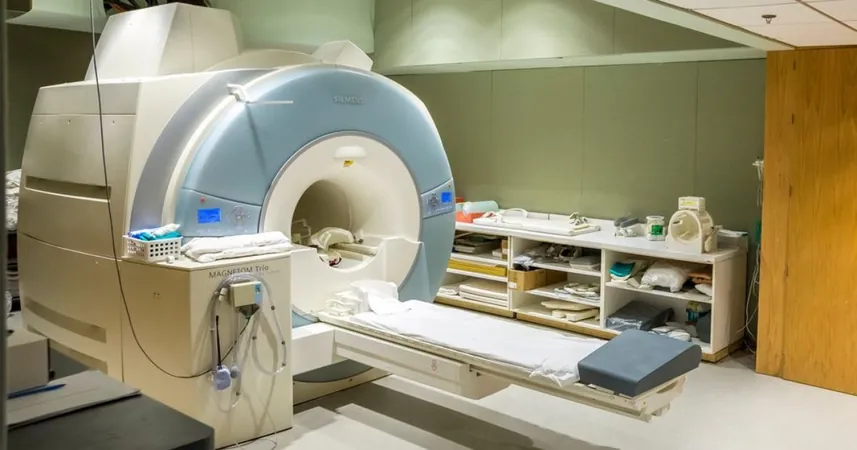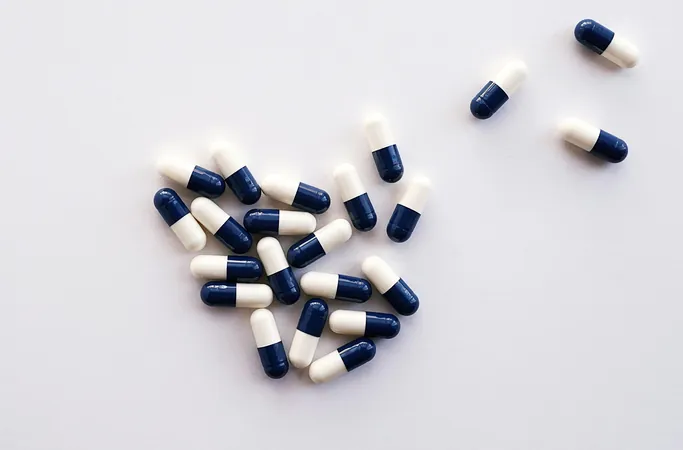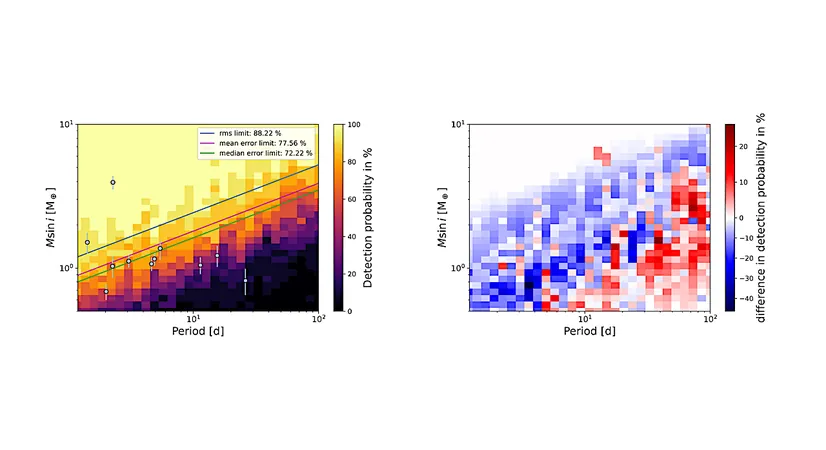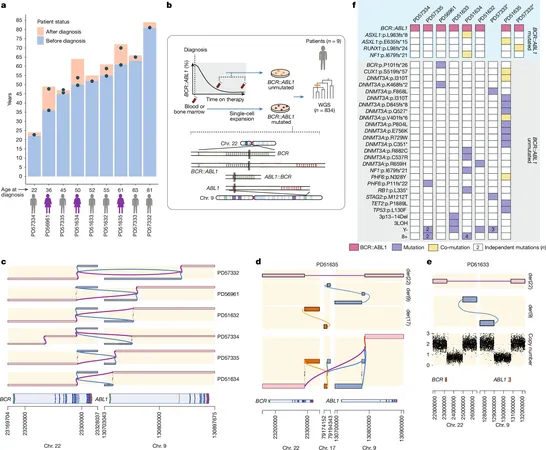
Shocking Discovery: How MRI Contrast Agents Can Turn Toxic in Your Body!
2025-04-04
Author: Yu
Groundbreaking Discovery at the University of New Mexico
University of New Mexico scientists have made a groundbreaking discovery about the health risks posed by gadolinium, a rare earth metal commonly used in MRI scans. This toxic substance has been linked to serious health complications, particularly affecting the kidneys and other organs. Their latest findings, published in the journal Magnetic Resonance Imaging, focus on how oxalic acid—a molecule prevalent in many everyday foods—may play a role in generating harmful nanoparticles of gadolinium within human tissues.
Alarming Insights from the Research Team
Brent Wagner, MD, who leads the research team at the UNM School of Medicine, revealed alarming insights about the consequences of gadolinium exposure. “The most severe condition associated with MRI contrast agents is nephrogenic systemic fibrosis,” he stated. This debilitating disease can arise even after a single use of gadolinium-based contrast agents, resulting in skin thickening, heart and lung complications, and painful joint contractures.
Safety Concerns Over MRI Scans
While these contrast agents are designed to enhance MRI imaging by providing clearer visuals, the safety of these scans has come under scrutiny. Gadolinium is usually excreted from the body without causing harm, yet studies have found gadolinium particles lingering in the kidneys and brains of patients long after their initial exposure. This raises crucial questions: Why do some individuals suffer severe effects while the majority remain asymptomatic?
Interaction Between Gadolinium and Oxalic Acid
Wagner’s team delved into the interaction between oxalic acid and gadolinium. They discovered that while oxalic acid, commonly found in spinach, rhubarb, nuts, berries, and even chocolate, binds to metal ions, it can also trigger the release of gadolinium nanoparticles from the contrast agent. The researchers conducted test tube experiments that confirmed that oxalic acid leads to the formation of these nanoparticles, which then infiltrate the cells of various organs.
Individual Response to Gadolinium Exposure
“This finding may elucidate why some patients exhibit intensified disease symptoms and a strong physiological response while others appear unaffected,” Wagner noted. He suggests that the degree of individual metabolic factors, including oxalic acid levels, may dictate the body’s reaction to gadolinium exposure.
Implications for MRI Patients
The implications of this research could be profound. Wagner urges caution regarding vitamin C intake before undergoing MRIs. “I wouldn’t recommend taking vitamin C if you need to get an MRI with contrast due to its potential reactivity with the metal,” he advised.
Future Research and Patient Safety
The research team is now working on a new initiative aimed at better identifying individuals at the highest risk for adverse reactions to gadolinium. They are establishing an international patient registry that will include blood, urine, fingernail, and hair samples from participants. This comprehensive data collection aims to uncover the underlying risk factors associated with gadolinium exposure while also investigating other health conditions and dietary supplements that might influence individual responses.
Conclusion and Call to Action
As they move forward, Wagner emphasizes the need for more information to connect symptoms with risk factors. The goal is clear: to develop effective strategies to protect patients from the hidden dangers of MRI contrast agents. Will this research lead to groundbreaking guidelines for future MRI procedures? Only time will tell, but the stakes are high. Stay informed, and make sure to discuss any concerns with your healthcare provider before scheduling your next MRI!






 Brasil (PT)
Brasil (PT)
 Canada (EN)
Canada (EN)
 Chile (ES)
Chile (ES)
 Česko (CS)
Česko (CS)
 대한민국 (KO)
대한민국 (KO)
 España (ES)
España (ES)
 France (FR)
France (FR)
 Hong Kong (EN)
Hong Kong (EN)
 Italia (IT)
Italia (IT)
 日本 (JA)
日本 (JA)
 Magyarország (HU)
Magyarország (HU)
 Norge (NO)
Norge (NO)
 Polska (PL)
Polska (PL)
 Schweiz (DE)
Schweiz (DE)
 Singapore (EN)
Singapore (EN)
 Sverige (SV)
Sverige (SV)
 Suomi (FI)
Suomi (FI)
 Türkiye (TR)
Türkiye (TR)
 الإمارات العربية المتحدة (AR)
الإمارات العربية المتحدة (AR)